
Last Hope Frontier
Shooting mechanics
The shot action.
Active player nominates one of their models to take a shot action.
Active player nominates the enemy model who they are shooting at.
Active player checks the shot value of their own model.
Non-active player checks the defence value of their model which has been nominated by the active player.
Active player selects a card to add to the shot value
Non-active player selected a card to add to the defence value.
Active player and Non-active player reveal their chosen cards simultaneously.
Active player and Non-active player add value of cards to their respective shot and defence values.
Active player and Non-active player check for favoured suit face cards that add to shot/defence values. Jack cards of favoured suits add 1 to shot/defence on top of face value of 11, King card of a favoured suit adds 1 to shot/defence on top of face value of 13, and Ace card of favoured suit add 2 to shot/defence on top of face value of 14.
Non-active player checks nominated model for any defence bonuses from padded clothing items.
If the Non-Active player’s value of card + clothing + defence value is higher than the active players card value + shot value, the non-active player’s defending model wins. Do not move onto the damage step.
If the Active player and Non-active player’s totals equal out to a draw, check for use of non-face card favoured suits
If a favoured suit has been used by one player, add 1 to the respective shot or defence value. 1 to the shot value means the shot has been successful. move onto damage step. 1 to the defence value means defence is higher. Do not move onto the damage step.
If favoured suit is used by both players, score draw is resolved, no difference means no damage and do not move onto damage step.
If the Active player’s value of card + shot is higher than the non-active players card + defence value, the active player’s shooting model wins. Move onto checking cards for damage step.
Flow chart of Damage step – damage vs toughness
The damage action
A difference of 1 to 5 in scores equals 1 damage done from card draw.
A difference of 6 to 10 in scores equals 2 damage done from card draw.
A difference of 11+ in scores equals 3 damage done from card draw.
Active player and Non-active player check for favoured suit face cards that add to damage/toughness values.
Queen cards of favoured suits add 1 to damage/toughness on top of their face value of 12 used in a shot/defence test, King card of a favoured suit adds 1 to the damage/toughness test, as well as the shot/defence on top of face value of 13, and Ace card of favoured suit add 2 to the damage/toughness test on top of the shot/defence bonus and face value of 14.
Active player checks their nominated model for any bonuses from weaponry used to conduct shooting action.
Derringers give no bonuses to damage.
Pistols/revolvers give + 1 to damage.
Shotguns give + 2 to damage.
Carbines/Rifles give +3 to damage.
Active player calculates total damage from
- Difference in scores from shot/defence test
- Damage bonuses from favoured suit card (if used)
- Damage bonuses from weaponry used (if any)
Non-active player calculates toughness from
- Toughness score indicated on model’s roster
- Toughness bonuses from favoured suit card (if used)
Subtract the non-active player’s toughness total score from the Active player’s damage score.
The remainder is total amount of wounds taken by non-active players nominated model.
Flowchart of play –
example 1
The shot.
Player X wants to use leader model in sheriff gang to shoot player Y’s outlawmen ganger model.
Player X leader model has shot value of 3, Player Y’s gang model has a defence of 1. Player Y’s ganger model is not wearing any padded clothing to increase their defence.
Player X uses a J of Spades, which adds a value of 11 to the shot value of 3 to make 14. Because the Sheriff player used the favoured Jack of Spades, it adds another 1 to the shot test, which makes it a 15.
Player Y uses a 7 of diamonds. Outlawmen prefer diamonds, but because this isn’t a score draw using non-face cards, it doesn’t break a tie, so the value of 7 gets added to the defence of 1, which is 8.
A difference between 15 shot and 8 defence is 7.
0 difference is shot vs defence = 0 damage and do not move onto damage step.
1 – 5 difference in shot vs defence = 1 damage
6 – 10 difference in shot vs defence = 2 damage
11+ difference in shot vs defence = 3 damage.
The damage
The outlawmen ganger model has a toughness of 1. 2 damage from the shot vs defence test, minus 1 toughness from the ganger is one wound.
Player X’s leader is using a pistol which gives +1 damage.
1 wound from the shot test + the pistol damage of +1 equals 2 wounds.
Example 2 –
The shot –
Player X wants to use deputy model in sheriff gang to shoot player Y’s outlawmen deputy model.
Player X deputy model has a shot value of 2. Player Y’s outlawmen deputy model has a defence of 2. Player Y’s deputy model is wearing light padded armour to increase their defence by 1 to 3.
Player X uses a 6 of Spades. Numerical cards do not add extra bonuses like face cards, but the Sheriff gang player used a favoured suit in case of a tie.
Player Y uses a 5 of Clubs. Outlawmen prefer diamonds as a favoured suit. Numerical cards do not add extra bonuses like face cards.
Player X’s total is 2 + 6 = 8.
Player Y’s total is 3 + 5 = 8.
Player X used a favoured suit of Spades. A favoured suit use breaks ties, which means Player X scores 9 vs Player Y’s score of 8.
A difference between 9 and 8 is 1.
0 difference is shot vs defence = 0 damage and do not move onto damage step.
1 – 5 difference in shot vs defence = 1 damage
6 – 10 difference in shot vs defence = 2 damage
11+ difference in shot vs defence = 3 damage.
The damage
The outlawmen deputy model used by Player Y has a toughness of 2. 1 damage from the shot vs defence test, but the deputy model has 2 toughness so no damage is done at this stage.
Player X’s deputy is using a pistol which gives +1 damage.
1 wound from the shot test + the pistol damage of +1 equals 2 wounds, but Player Y’s deputy outlawmen is toughness 2, so the extra pistol damage is not enough to do damage to the deputy.
The damage stage was still moved on to because the shot was a success, but it was a weak shot not affecting the toughness of the deputy. Could be described as ‘winging’ the model.
Example 3
The shot
Player X wants to use leader model in Townsfolk gang to shoot player Y’s bootlegger ganger model. Townsfolk prefer Hearts cards; bootleggers prefer club cards.
Player X leader model has a shot value of 3, Player Y’s gang model has a defence of 1. Player Y’s ganger model is not wearing any padded clothing to increase their defence above 1.
Player X uses the Ace of Hearts which adds a value of 14 to the shot value of 3 which equals 17. Player X used the favoured suit, and an Ace favoured suit card adds 2 to the shot, which takes the 17 up to 19 in total.
Player Y uses the J of Clubs. Clubs is a favoured suit. The Jack of Clubs adds 11 to the defence of 1 which is a score of 12. Using the Jack of Clubs as a favoured suit card adds another 1 to the defence score which is a total of 13.
The score of 19 to 13 is a difference of 6.
0 difference is shot vs defence = 0 damage and do not move onto damage step.
1 – 5 difference in shot vs defence = 1 damage
6 – 10 difference in shot vs defence = 2 damage
11+ difference in shot vs defence = 3 damage.
The Damage
The bootlegger ganger has a toughness of 1. 2 damage from the shot vs defence test, minus 1 toughness from the ganger is 1 wound.
Player X’s leader is using a shotgun, which is +2 damage.
Player X also used the Ace of Hearts, which contributes another 2 damage from using a favoured suit.
1 damage from shot vs defence test, 2 damage from shotgun, 2 damage from Ace of Hearts, minus 1 toughness = 4 damage











































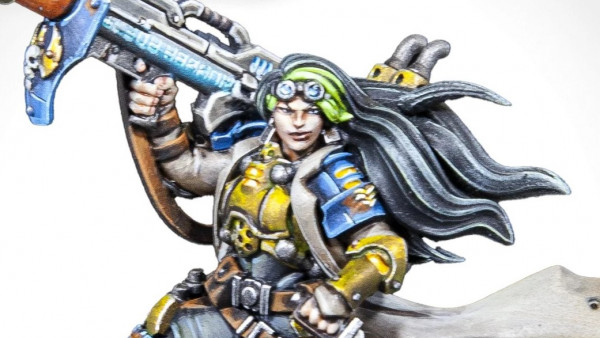
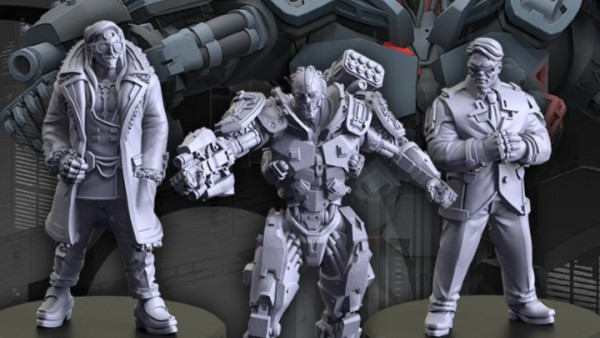
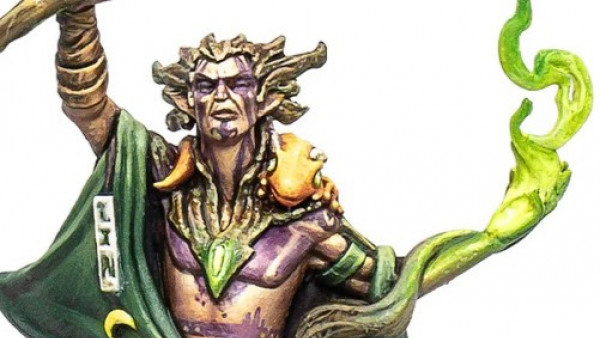
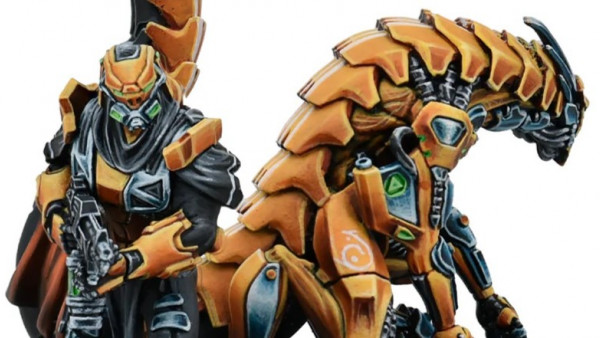
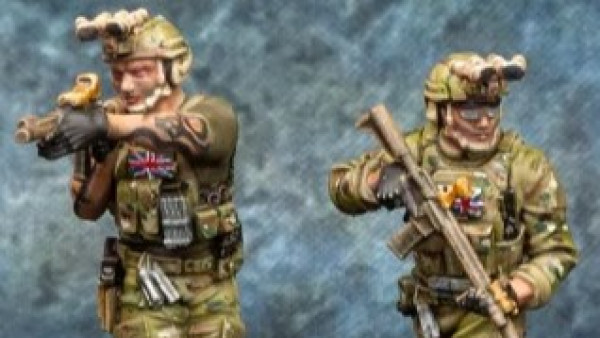
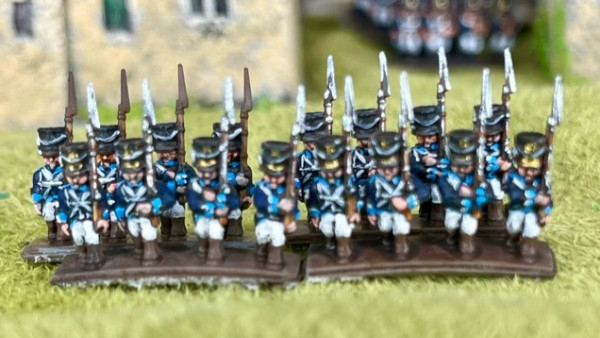
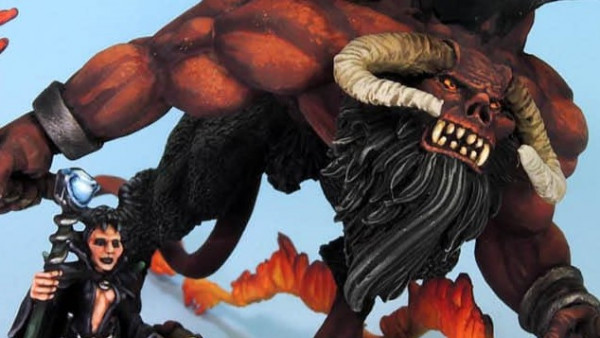
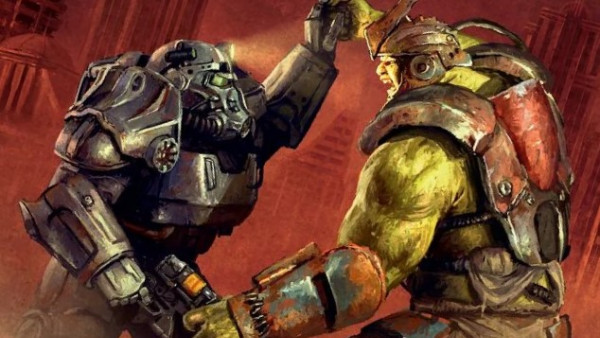


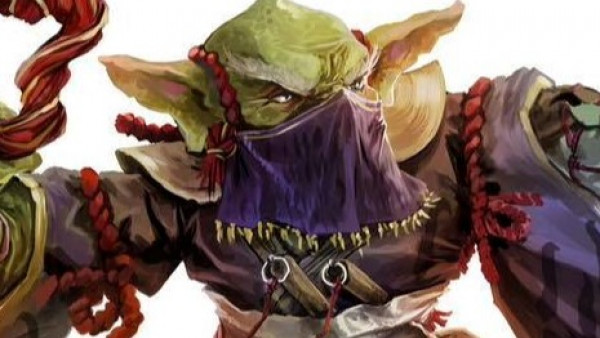
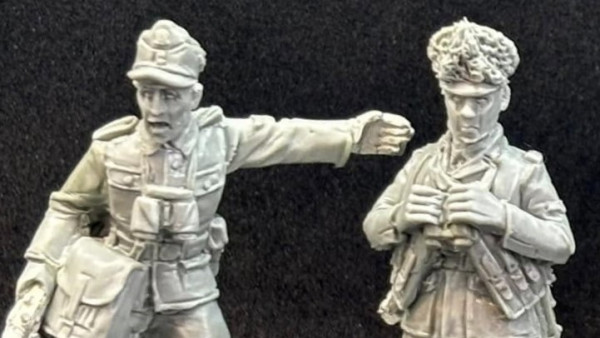
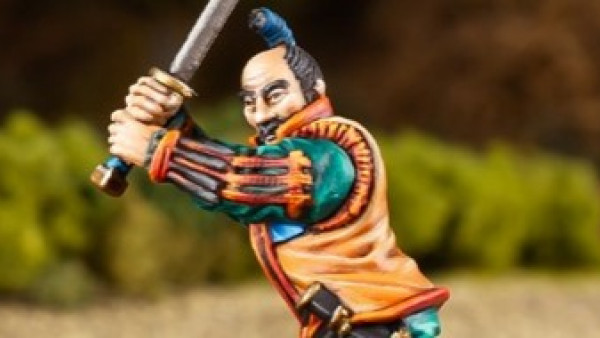

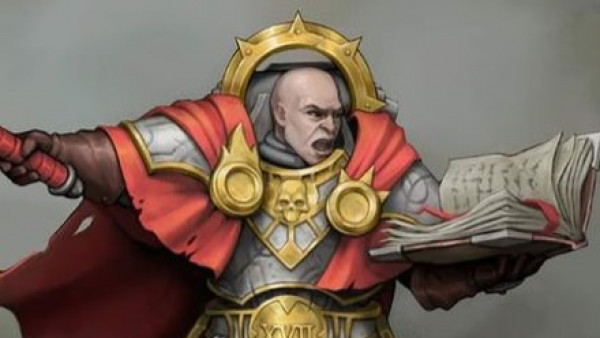


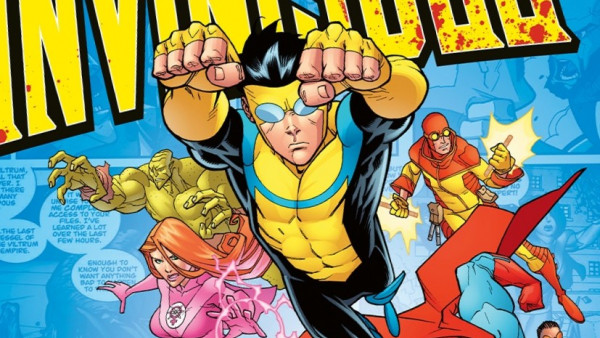
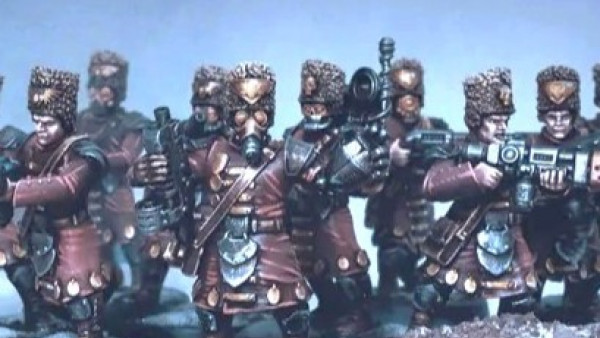
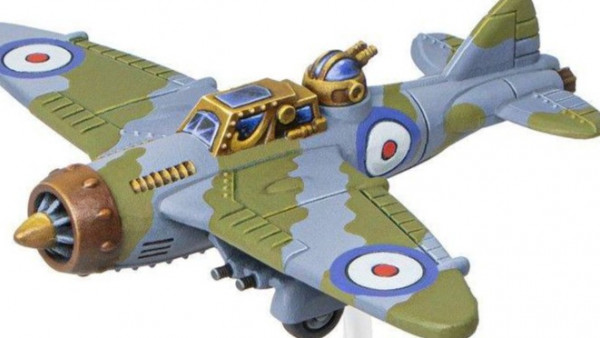
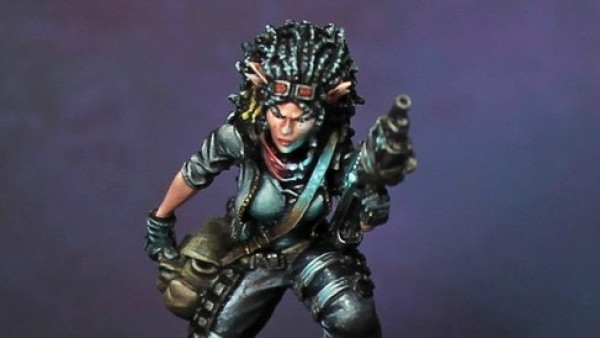
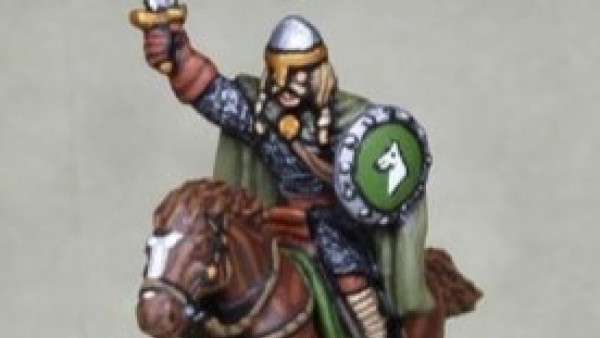
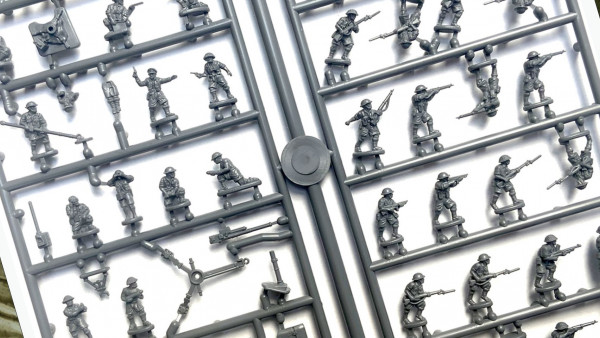
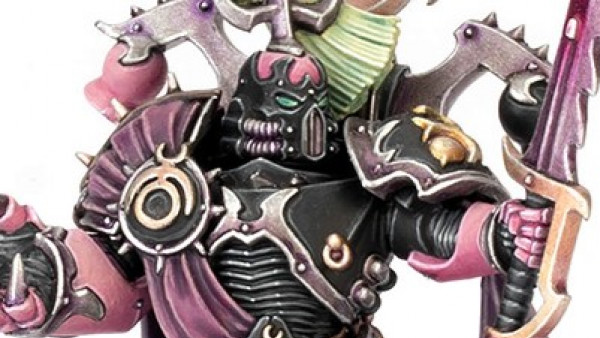
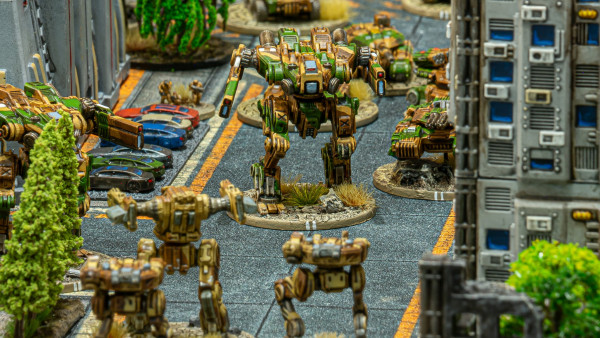

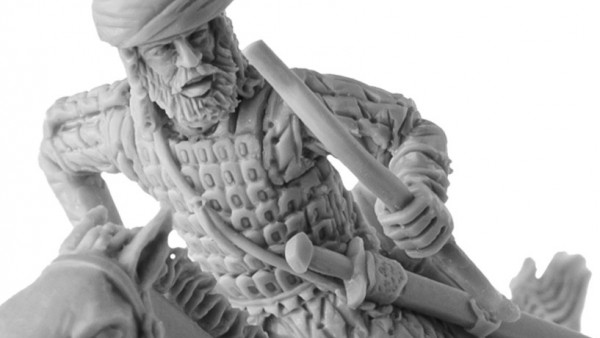
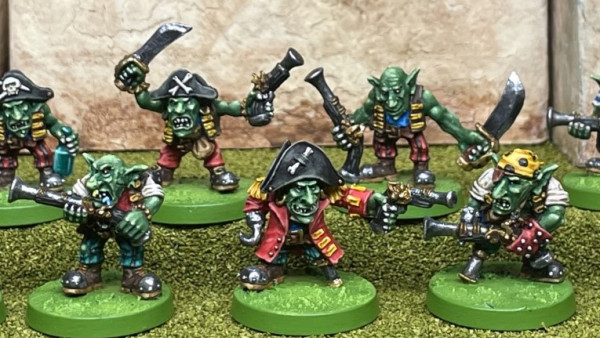
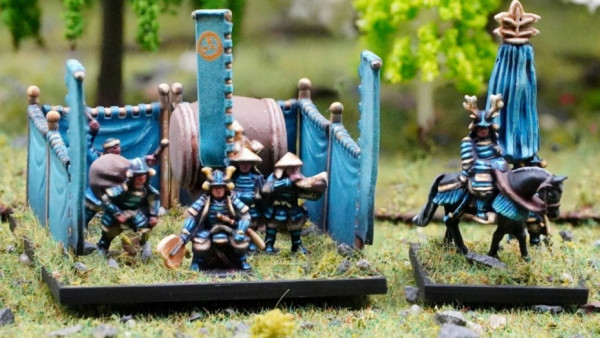

Leave a Reply